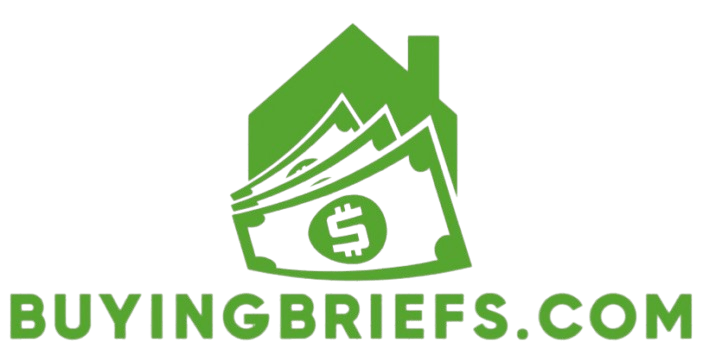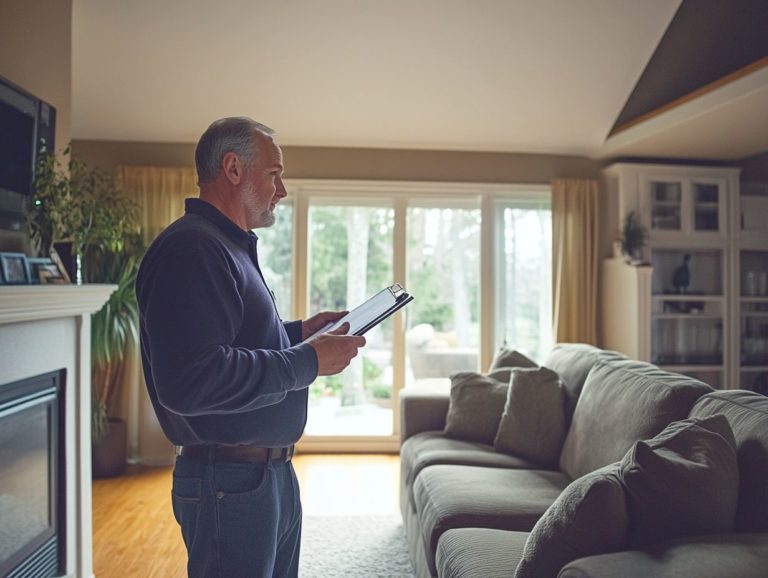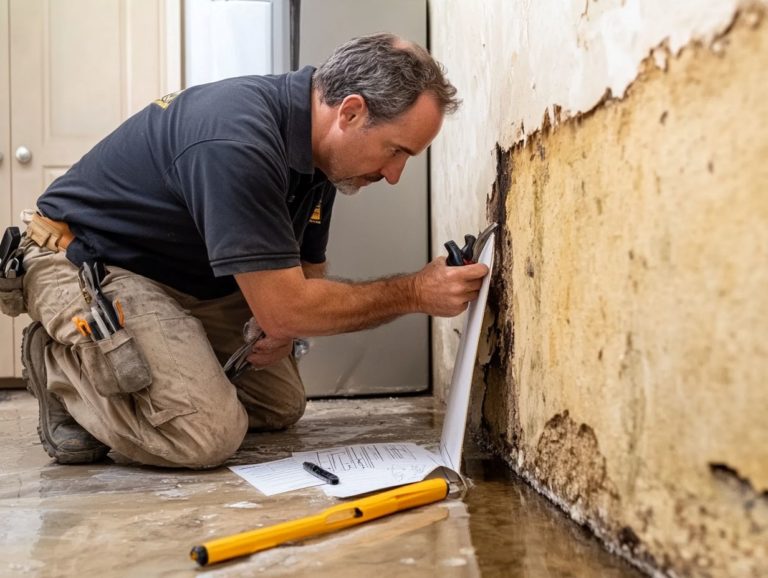How to Make the Most of Your Home Inspector’s Expertise
Buying a home is one of the most significant investments you’ll ever undertake, and understanding its condition is essential. A home inspector is your trusted ally in this journey, providing invaluable insights into potential issues and empowering you to make informed decisions.
This guide will walk you through what to expect during a home inspection, how to prepare effectively, and the key areas to focus on. You ll also learn how to interpret the findings in a way that makes sense for you.
We will also discuss how to communicate effectively with your inspector and the steps you should take based on the results.
Whether you’re stepping into homeownership for the first time or you re a seasoned homeowner, this information will equip you to navigate the inspection process with confidence.
Contents
Key Takeaways:
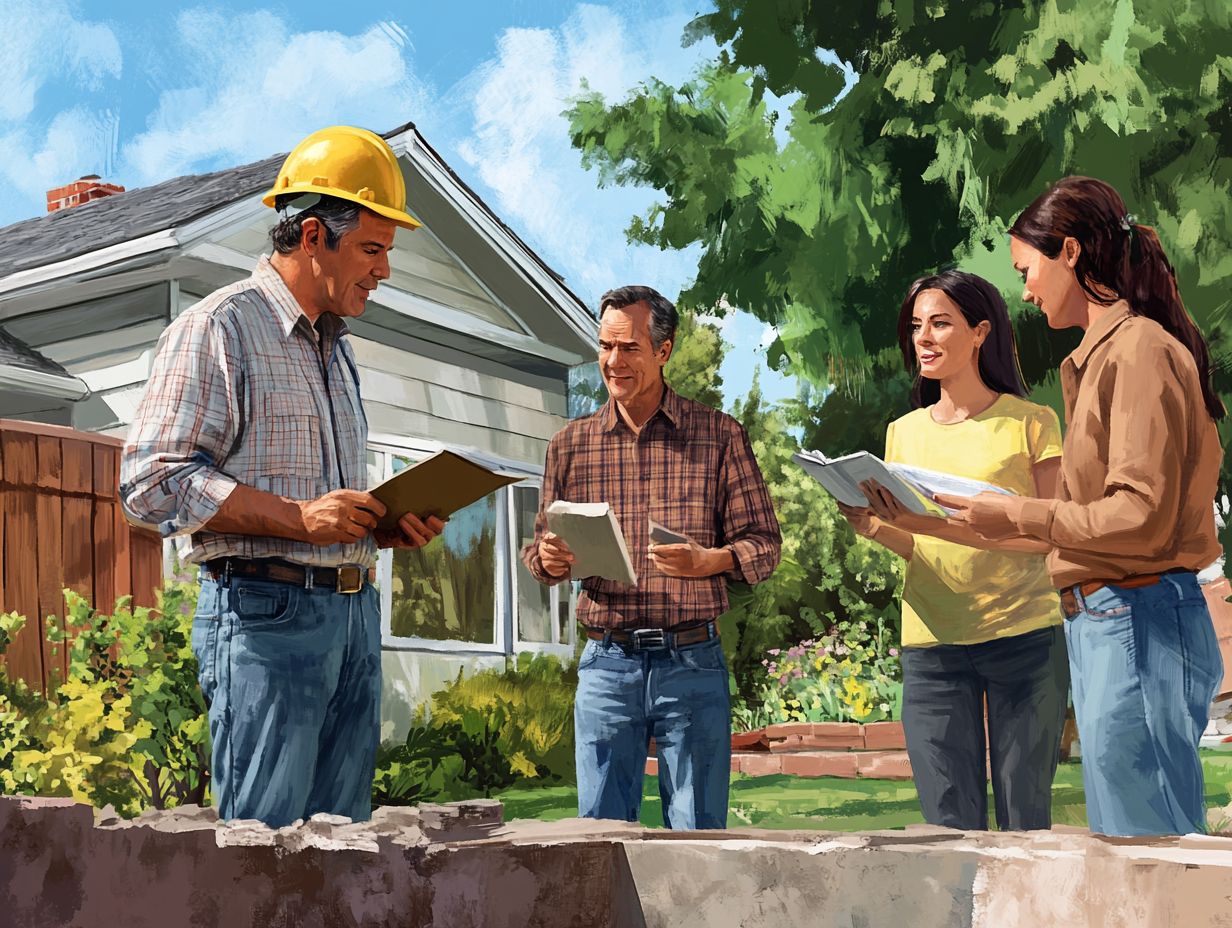
Understand the role of a home inspector and their responsibilities in the inspection process.
Prepare for the home inspection by following specific guidelines.
During the inspection, focus on key areas such as the interior, exterior, and structural components.
Understanding the Role of a Home Inspector
The role of a home inspector is pivotal in the home buying journey. They equip prospective buyers with essential insights, including how to prepare for a home inspection, to make well-informed decisions.
To excel as a home inspector, one must understand the intricacies of various systems within a house and possess solid technical expertise. Additionally, understanding the home inspector’s role is crucial to feel at ease in diverse home environments.
Strong communication skills are vital. They enable inspectors to clearly articulate their findings in an inspection report, cultivating trust with clients.
Holding industry designations and certifications greatly elevates credibility, while outstanding customer service skills pave the way for a flourishing home inspection business.
What Does a Home Inspector Do?
A home inspector evaluates various components of your property to ensure it meets safety standards and to identify potential problems that could affect the home’s value.
During the inspection process, the inspector carefully examines key areas such as the roof, plumbing, electrical systems, and foundation. Armed with a comprehensive home inspection checklist, they methodically assess each element, writing down any problems.
Once the inspection is complete, the inspector compiles their findings into a detailed report. This report outlines the condition of your property and highlights areas requiring attention or repair. It helps you understand the current state of your potential new home and serves as a critical tool in your decision-making process.
Preparing for a Home Inspection
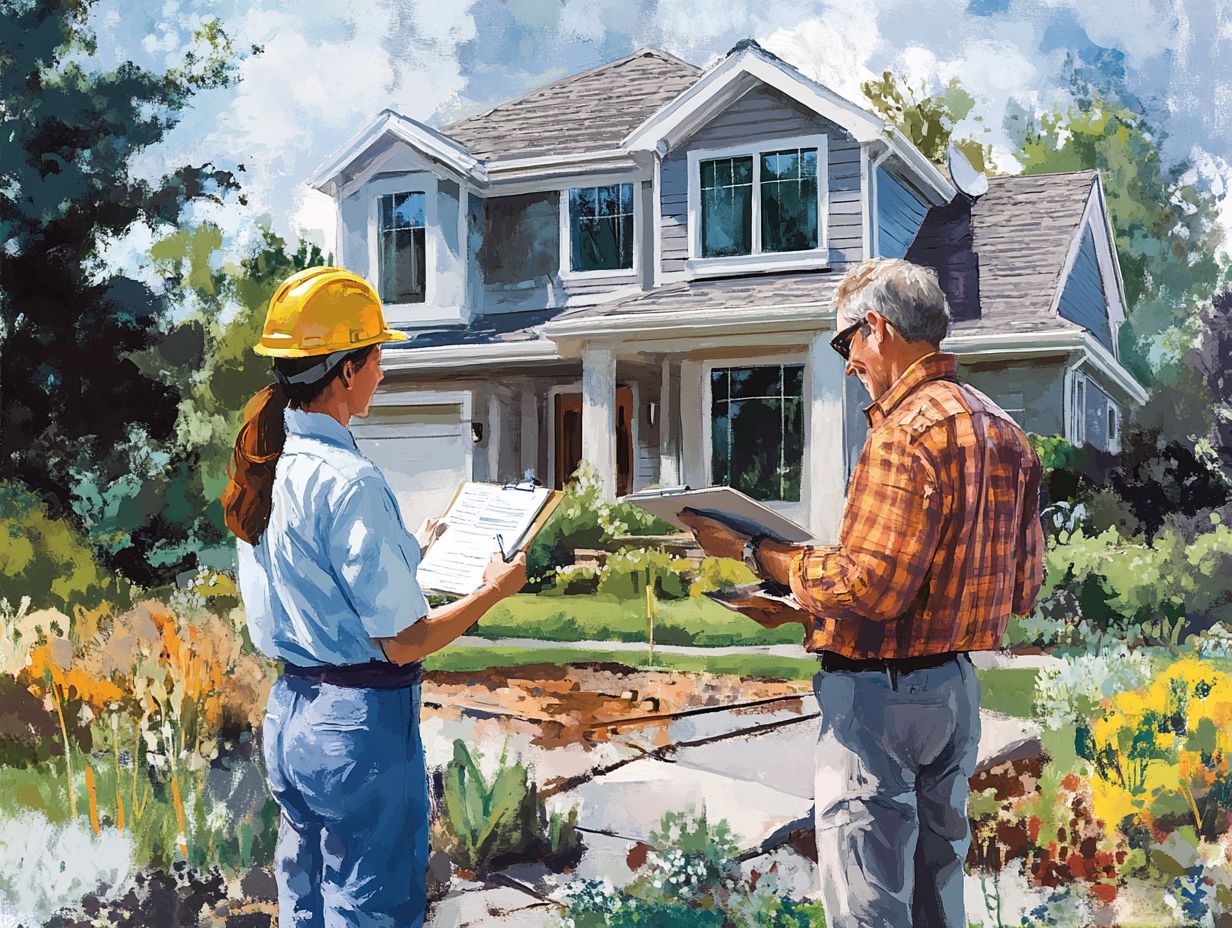
Get ready for your home inspection with these key steps to ensure everything goes smoothly.
Preparing well ensures that both the inspector and the prospective clients are aligned and fully informed.
What to Do Before the Inspector Arrives
Before the inspector arrives, tackle essential home maintenance tasks. Ensure that all areas of your home are accessible and organized. This proactive approach can significantly enhance the inspection experience, so it’s helpful to know how to prepare for a successful home inspection.
Consider decluttering spaces like attics, basements, and closets. This will allow the inspector easy access to the areas that need evaluation. It s wise to clean any HVAC (Heating, Ventilation, and Air Conditioning) filters, check smoke detectors, and ensure all utilities are functioning these are common items on a home inspection checklist.
Securing your pets away from inspection zones can streamline the process, enabling the professional to focus on your home s condition without distractions.
Key Areas to Focus On During the Inspection
When undergoing a home inspection, several critical areas deserve your close attention. Understanding how to use home inspection reports effectively is essential for uncovering potential issues that could impact both the safety and value of the property.
This includes a thorough evaluation of both the interior and exterior components to ensure everything is in optimal condition.
Start preparing your home today to make the most of your inspection experience!
Interior and Exterior Components to Pay Attention To
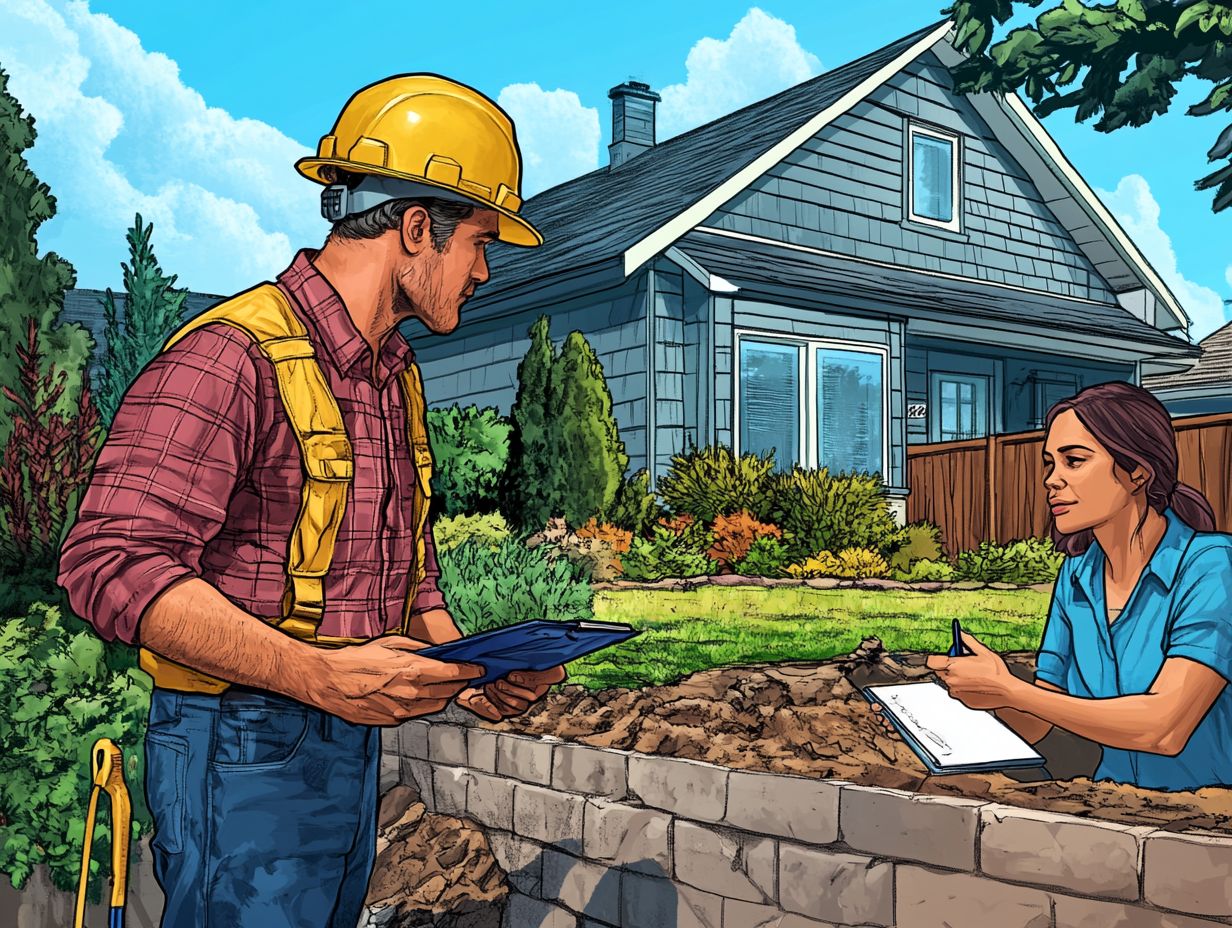
When inspecting both the interior and exterior components of a home, focus on critical areas like electrical and plumbing systems. Compromised systems can introduce significant safety hazards and trigger costly repairs.
For instance, outdated wiring might present fire risks. Leaky pipes can lead to water damage and encourage mold growth.
Inspectors often use checklists to focus on key features, including:
- The condition of roofs
- The integrity of foundations
- The functionality of HVAC systems (Heating, Ventilation, and Air Conditioning)
It s also vital to review safety measures such as smoke detectors and carbon monoxide alarms. Ensure residents are safeguarded against unforeseen dangers. Common issues like poor drainage or inadequate insulation shouldn t be ignored, as they can affect safety and the overall functionality of the home.
Interpreting the Home Inspection Report
Interpreting the home inspection report is crucial. Understanding these details impacts your future decisions.
Understanding the Terminology and Findings
A comprehensive understanding of the terminology used in home inspection reports enables you to grasp the findings and their implications for your property.
Knowing terms like “structural damage,” “water intrusion,” and “electrical hazards” can change how you view your home’s condition.
Recognizing these phrases helps you assess repair costs and safety risks, allowing informed decisions.
For example, “structural damage” might indicate an urgent need for attention and possible reinforcements. Identifying “water intrusion” can help you prioritize waterproofing to prevent further complications.
Clarity in the report’s findings is essential. This understanding allows you to take proactive steps to maintain and protect your investment.
Working with the Home Inspector
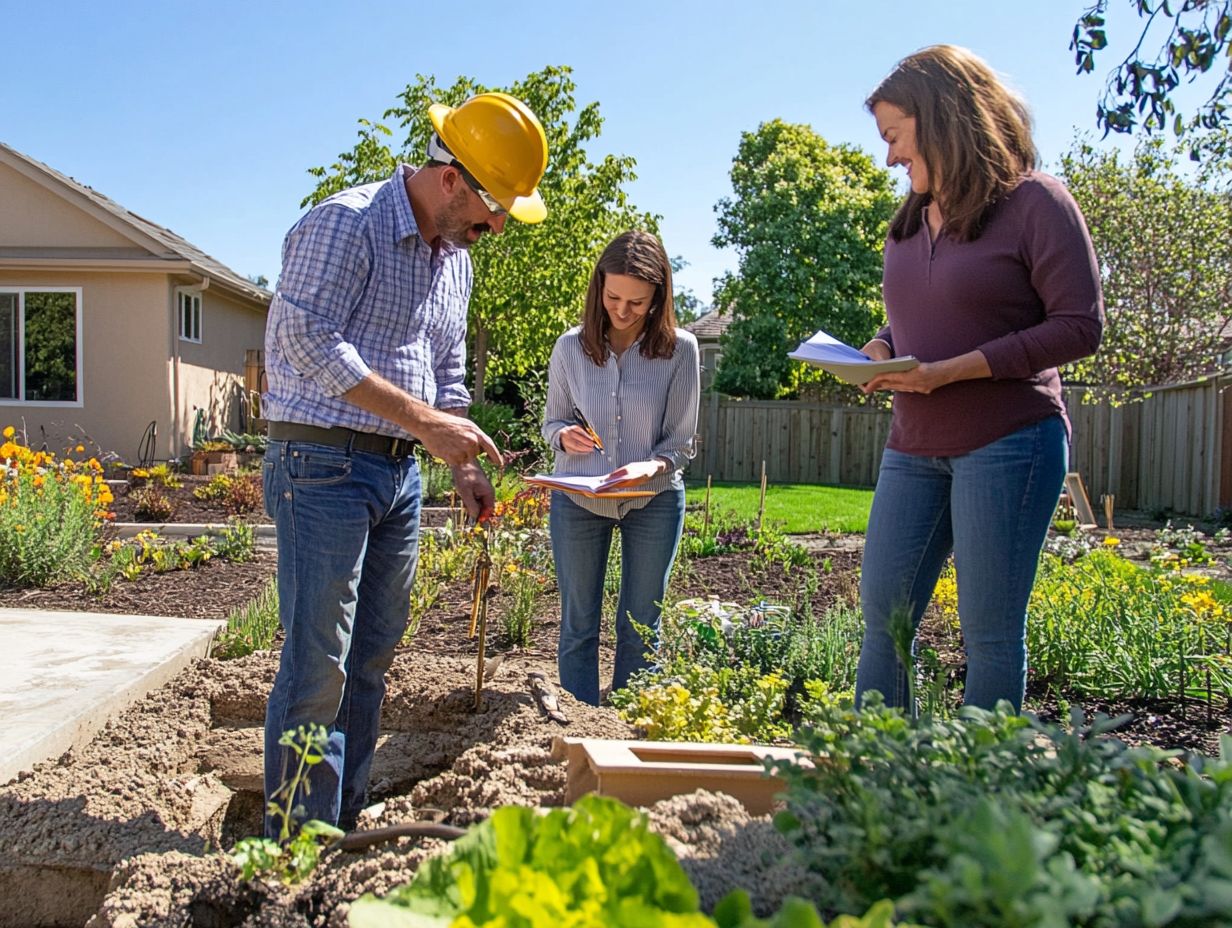
Establishing a strong working relationship with the home inspector is essential for a seamless inspection process and for effectively addressing any concerns that may arise, especially when you consider tips for a successful home inspection day.
Communicating and Addressing Concerns
Strong verbal communication helps you and your home inspector address concerns effectively.
By fostering an open dialogue, you can feel comfortable expressing any worries or questions about the property.
It’s beneficial to outline your specific concerns in advance. This way, the inspector can focus on those areas during the assessment, following guidelines on selecting a home inspector.
When inspectors listen actively and provide clear, honest feedback, it builds trust and confidence in your relationship.
Using simple language and avoiding technical jargon makes explanations accessible, enabling you to feel more in control and informed about your potential new home.
Taking Action Based on the Inspection Results
Acting on the inspection results is crucial. It can shape your negotiations and overall home-buying journey.
Repairs and Negotiations with Sellers
After receiving the home inspection report, assess the necessary repairs.
Prepare for negotiations with sellers based on the findings.
Understanding the property’s condition helps you prioritize repairs.
This lets you differentiate between urgent issues and those that can wait.
With this knowledge, you can confidently engage in negotiations.
Point out specific problems that are detailed in the inspection report.
For example, mention serious issues like roof leaks or electrical problems.
Highlighting these urgent repairs can encourage sellers to consider concessions or credits.
Focus on the significant issues found during the inspection.
This approach ensures you can advocate effectively for a fair deal.
